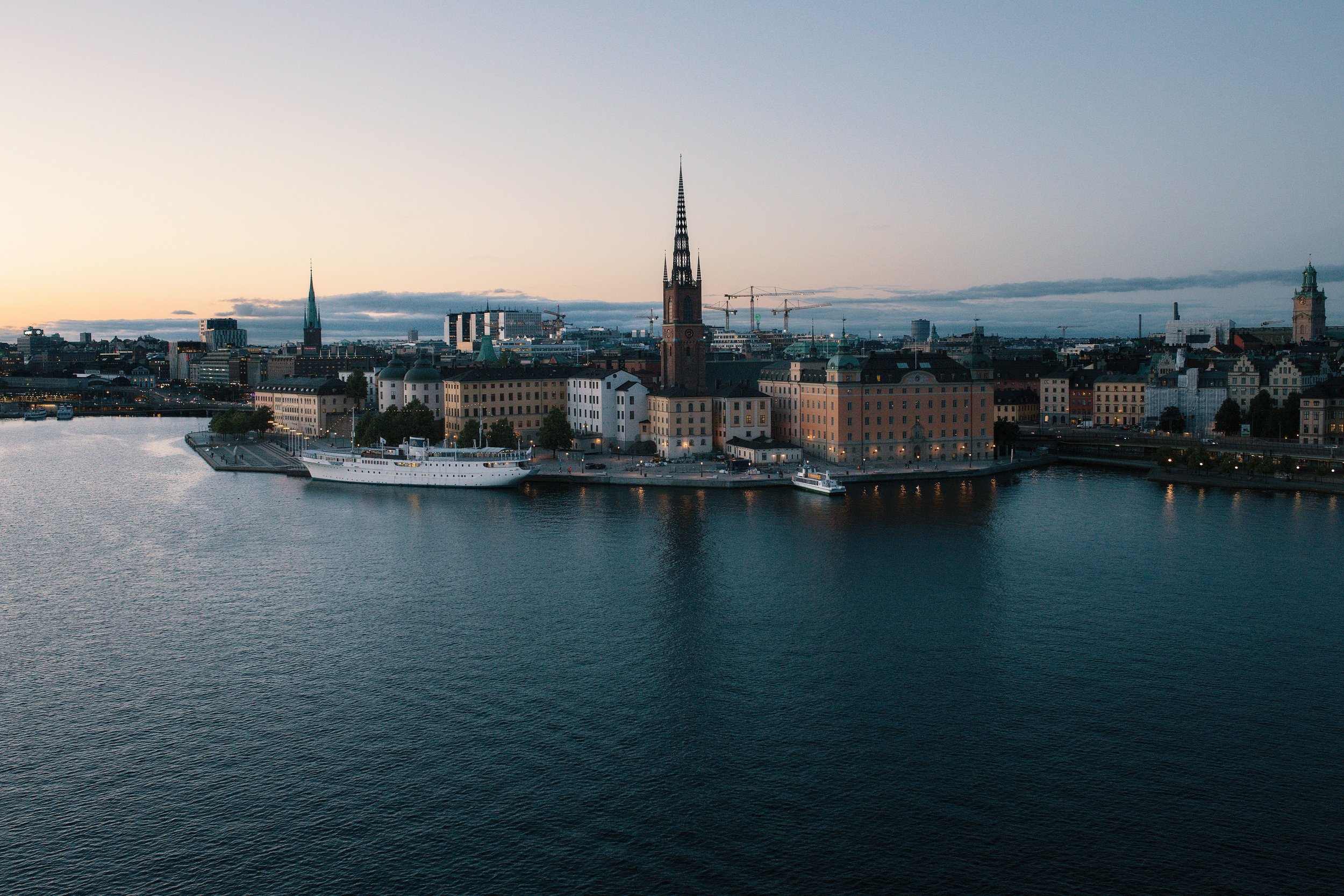News and articles
Financing Circular Economy and Business Models
What is the current state of financing circular economy, what you need to keep in mind when looking for green funding on capital markets, and how venture capital can act as an engine for environmental, social, and corporate governance?
4 Tools for Developing Circular Business Models
With a multitude of circular tools to choose from, how can you determine which one is right for your company? And how do you get started with circular business models? Read on to learn about four tools that are helpful from organising your thoughts at the very first beginning of your circular transition to measuring impact at later stages of implementation.
Building Bridges with the World Circular Economy Forum 2022
For the first time, the World Circular Economy Forum 2022 gathered the world’s leading circularity actors together on the beautiful continent of Africa. Together with Nordic Innovation, Nordic Circular Hotspot took part in the main event in Rwanda and organised a Nordic Accelerator Session in Oslo, focused on the power of startups. From these conversations rose the question: does Africa, in fact, hold the keys to a global circular economy?
Nordic Circular Summit 2022 gathered a record audience
The interest to find inspiration, discuss and share experiences on the circular transition is greater than ever. Nordic Circular Summit 2022 in Stockholm gathered no less than 170 speakers, approximately 650 physical and over 2700 digital visitors over three days.
Nordic Circular Summit 2022 drog rekordpublik
Intresset för att inspireras, diskutera och dela med sig av erfarenheter kring en cirkulär omställning är större än någonsin. Nordic Circular Summit 2022 i Stockholm samlade inte mindre än 170 talare, drygt 650 fysiska och över 2700 digitala besökare under tre dagar.
What fantastic circular days in Stockholm
Reflections on the Nordic Circular Summit 2022. Read what we at the Nordic Circular Hotspot think about this year’s event by Managing Partner Elin Bergman.
What is the EU taxonomy?
EU taxonomy for sustainable activities—what is it and why do we need it to reach the UN Sustainable Development Goals 2030? One of the key barriers to the circular economy, identified across-industries over and over again, has been the difficulty to clearly define what ‘circularity’ is. In truth, the circular economy is highly-measurable due to its focus on material flows. The taxonomy is a science-based classification system aimed at providing the sought-after definitions for sustainable activities.
What is a Circular City?
In today’s globalised, urbanised and digitalised world, most people live in cities. In fact, by 2050, cities will be home to two thirds of the world’s population, as well as a staggering amount and variety of assets and resources. This puts them at the forefront of our future and the future of the planet. Global circularity is dependent on how well our urban centres take up the mantle in the coming years. For this reason, the concept of a Circular City has seen a huge uplift. But what are its definitions, lived realities and future implications?
Circularity giants: IKEA, Apple and H&M
In today’s competitive market environment, all businesses should have an actionable sustainability plan. Not having one is already setting a company one step behind its competitors. And more and more organisations worldwide are waking up to that. Among them, some are also taking a step further. IKEA, Apple and H&M are staples in many of our homes worldwide. These large companies are now showing us how it is possible to adopt circular values and still cut it in the business world. Let’s find out how they have done it and why that is so important.









